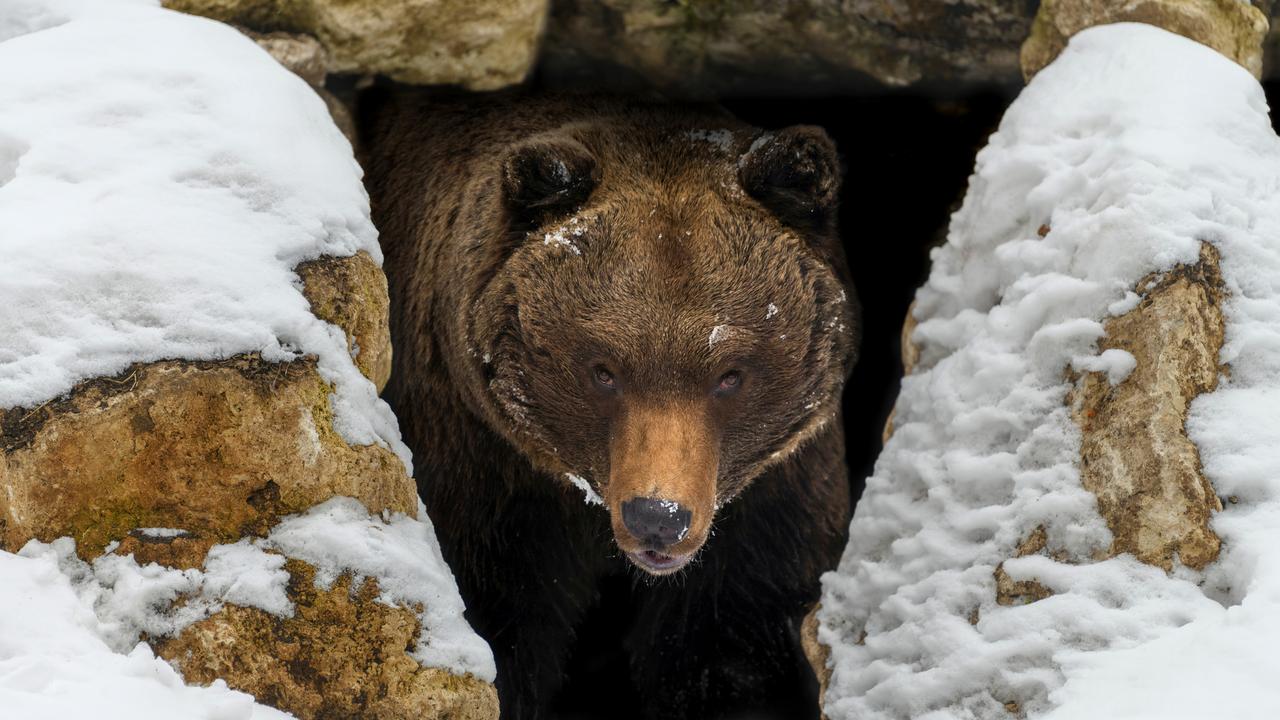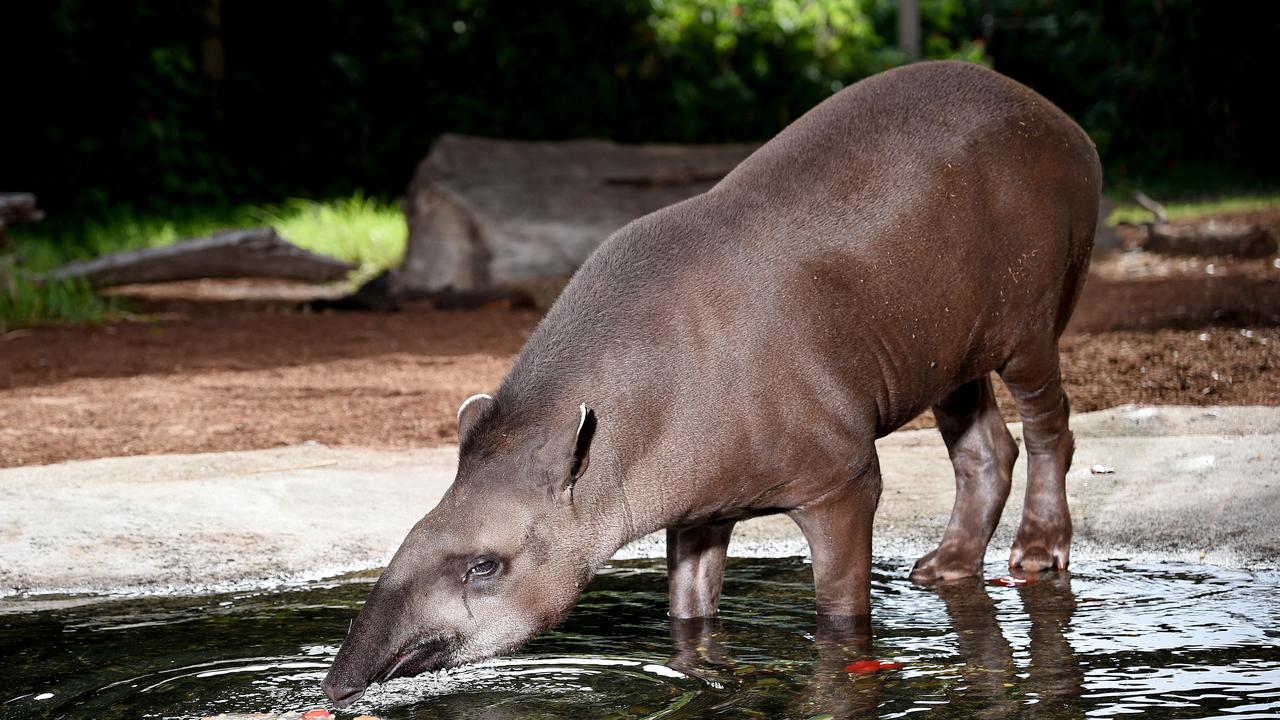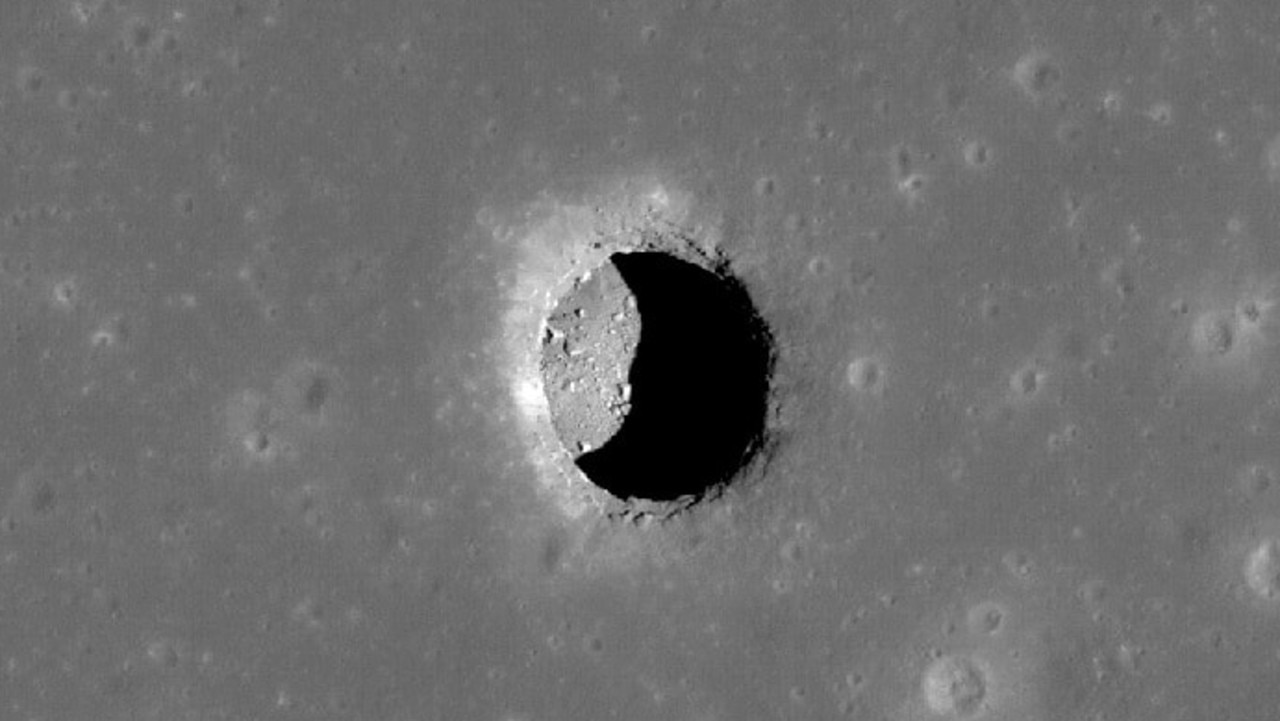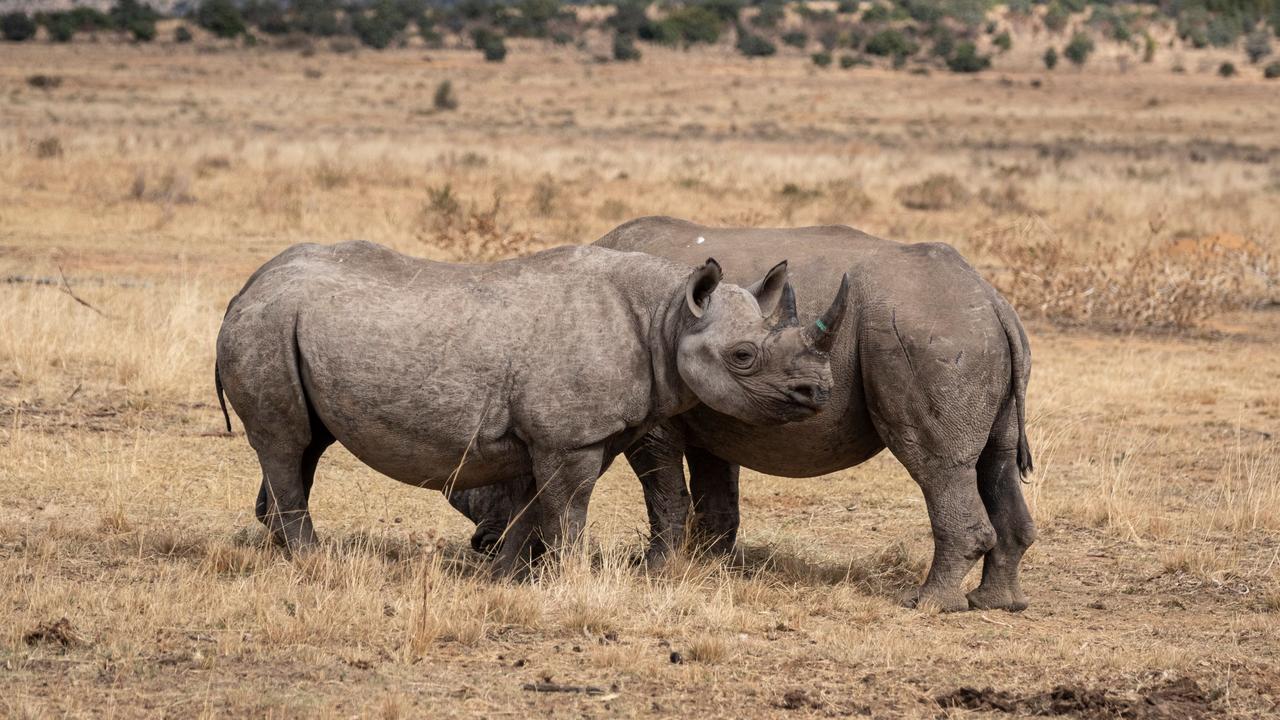Zoonomia Project on DNA of 240 mammals finds what makes humans unique
An international study comparing the DNA sequences of 240 mammals has shed light on evolution, extinction and what sets the human brain apart from other animals

The Zoonomia Project looked for continuities and differences in genomes and for things such as what makes bears hibernate.
READING LEVEL: RED
A global study of DNA* in 240 mammals has offered new insights into evolution*, extinction*, and the human brain.
The Zoonomia Project aims to discover how genomes — or complete sets of DNA, which are the body’s building blocks — account for shared and unique traits* in mammals including an aardvark, humans, a fat-tailed dwarf lemur, and a tapir.
DNA must be copied before it is passed from an ancestor to descendants. Copying is imperfect so some changes happen over time. By sequencing and comparing the genomes of hundreds of different mammals, the Zoonomia project is identifying segments unchanged across all species, as well as segments changed in just a few.

They looked for continuities and differences, and things such as what makes bears hibernate, why naked mole rats don’t get cancer, and why whales live so long. Zoonomia also wanted to know what makes the human genome unique.
One study, led by scientists from Yale University and the Broad Institute in the US, found humans are missing 10,032 pieces of DNA in certain genome regions that are present in every other mammal, including apes, gorillas, and chimpanzees.
They concluded this genetic information must have disappeared in the evolution of the species and they believe the function of these missing elements is related to how our brains work.

Irene Gallego Romero, a human evolutionary geneticist* at the University of Melbourne, did not work on the project but said it was interesting to see how each mammal’s DNA tells a story.
She explained the scientists read out the large number of DNA “letters” that make up an animal’s genetic instruction book, then they lined up the text of each mammal’s book and looked for differences. Some text stayed almost identical across all species examined.
Project team member Kerstin Lindblad-Toh, from Uppsala University and the Broad Institute of MIT and Harvard, said: “Positions that have stayed the same across most or all of the mammalian species sampled — spanning roughly 100 million years of evolutionary time — likely serve some important function, and hence could cause disease if changed by mutation*.”

Another team member, Oliver Ryder from San Diego Zoo Global, said comparing genomes provides “a powerful tool for understanding processes that produce vulnerabilities in populations, from diseases, lack of ability to adapt, inbreeding* and other aspects of the dynamics of populations, their interactions, and to evaluate extinction risk.”
The project’s work with 240 species represents only 4 per cent of all mammals. Its work will be ongoing.
GLOSSARY
- DNA: stands for deoxyribonucleic acid. It is the instructions for how to make the body, like the blueprints for a house.
- evolution: the theory that all living things that exist today developed from earlier types
- extinction: permanent loss of a species
- traits: physical characteristics
- geneticist: someone who studies genes
- mutations: a change in DNA
- inbreeding: when closely related animals or plants mate
EXTRA READING
Ancient tooth provides clues to extinct humans
Cloned Tassie Tiger gets closer
Neanderthals and humans were neighbours
QUICK QUIZ
- How many pieces of DNA are humans missing?
- What is unique about naked mole rats?
- What percentage of mammals did the project study?
- Name three mammals they analysed.
- What is a genome?
LISTEN TO THIS STORY
CLASSROOM ACTIVITIES
1. Mammal questions
There was some important information and questions asked in this Kids News story.
Work with a partner and see if you can suggest some serious, and not so serious, answers to the big questions asked in the article;
- What makes bears hibernate?
- Why do naked mole rats not get cancer?
- Why do whales live so long?
Share your answers with some pairs around you.
Time: allow 20 minutes to complete this activity
Curriculum Links: English, Science, Personal and social, Critical and creative thinking
2. Extension
How do you think the DNA of humans may have changed, or may change, over time?
What might cause these changes?
What problems could this cause?
Time: allow 15 minutes to complete this activity
Curriculum Links: English, Science, Critical and Creative thinking
VCOP ACTIVITY
Summarise the article
A summary is a brief statement of the main points of something. It does not usually include extra detail or elaborate on the main points.
Use the 5W & H model to help you find the key points of this article. Read the article carefully to locate who and what this article is about, and where, when, why and how this is happening. Once you have located this information in the article, use it to write a paragraph that summarises the article.
Time: allow 25 minutes to complete this activity
Curriculum Links: English, Science

